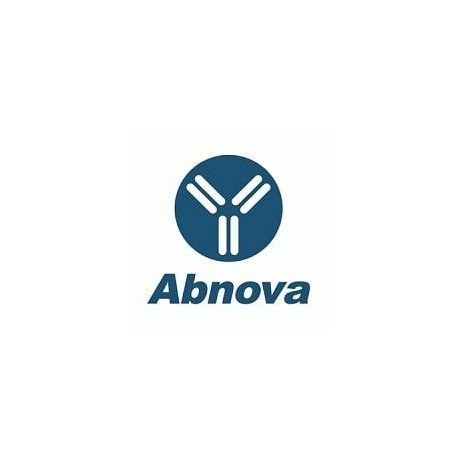Cart 0 Product Products (empty)
No products
To be determined Shipping
0,00 € Total
Prices are tax excluded
Product successfully added to your shopping cart
Quantity
Total
There are 0 items in your cart. There is 1 item in your cart.
Total products (tax excl.)
Total shipping (tax excl.) To be determined
Total (tax excl.)
Data sheet of MID2 polyclonal antibody
| Brand | Abnova |
| Product type | Primary antibodies |
| Reactivity | Human,Mouse |
| Host species | Goat |
| Applications | ELISA,WB-Ti,IHC-P |
More info about MID2 polyclonal antibody
| Brand: | Abnova |
| Reference: | PAB6327 |
| Product name: | MID2 polyclonal antibody |
| Product description: | Goat polyclonal antibody raised against synthetic peptide of MID2. |
| Gene id: | 11043 |
| Gene name: | MID2 |
| Gene alias: | FXY2|MID1|RNF60|TRIM1 |
| Gene description: | midline 2 |
| Immunogen: | A synthetic peptide corresponding to human MID2. |
| Immunogen sequence/protein sequence: | QESPYVSGMKTCH |
| Protein accession: | NP_0.36348.1;NP_438112.1 |
| Form: | Liquid |
| Concentration: | 0.5 mg/mL |
| Recommend dilutions: | ELISA (1:32000) Western blot (1-3 ug/mL) Immunohistochemistry (Formalin/PFA-fixed paraffin-embedded sections) (5-10 ug/mL) The optimal working dilution should be determined by the end user. |
| Storage buffer: | In Tris saline, pH 7.3 (0.5% BSA, 0.02% sodium azide) |
| Storage instruction: | Store at -20°C. Aliquot to avoid repeated freezing and thawing. |
| Quality control testing: | Antibody Reactive Against Synthetic Peptide. |
| Note: | This product contains sodium azide: a POISONOUS AND HAZARDOUS SUBSTANCE which should be handled by trained staff only. |
| Product type: | Primary antibodies |
| Host species: | Goat |
| Antigen species / target species: | Human |
| Specificity: | This antibody is expected to recognize both human isoforms of this protein. |
| Reactivity: | Human,Mouse |
| Application image: |  |
| Application image note: | MID2 polyclonal antibody (Cat # PAB6327) staining (1 ug/mL) of mouse heart lysate (RIPA buffer, 35 ug total protein per lane). Primary incubated for 1 hour. Detected by western blot using chemiluminescence. |
| Applications: | ELISA,WB-Ti,IHC-P |
| Shipping condition: | Dry Ice |
| Publications: | MID2, a homologue of the Opitz syndrome gene MID1: similarities in subcellular localization and differences in expression during development.Buchner G, Montini E, Andolfi G, Quaderi N, Cainarca S, Messali S, Bassi MT, Ballabio A, Meroni G, Franco B. Hum Mol Genet. 1999 Aug;8(8):1397-407. |


